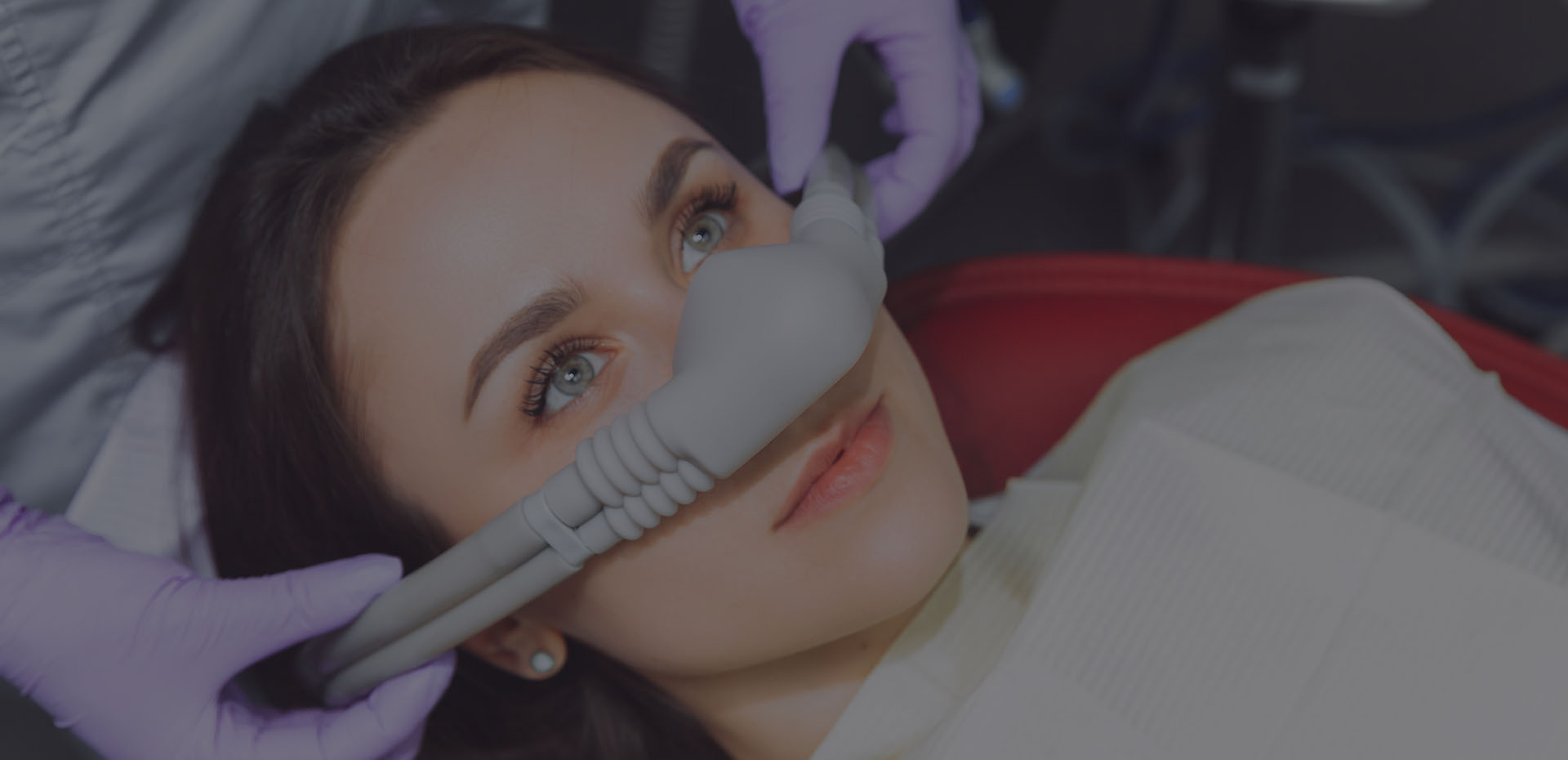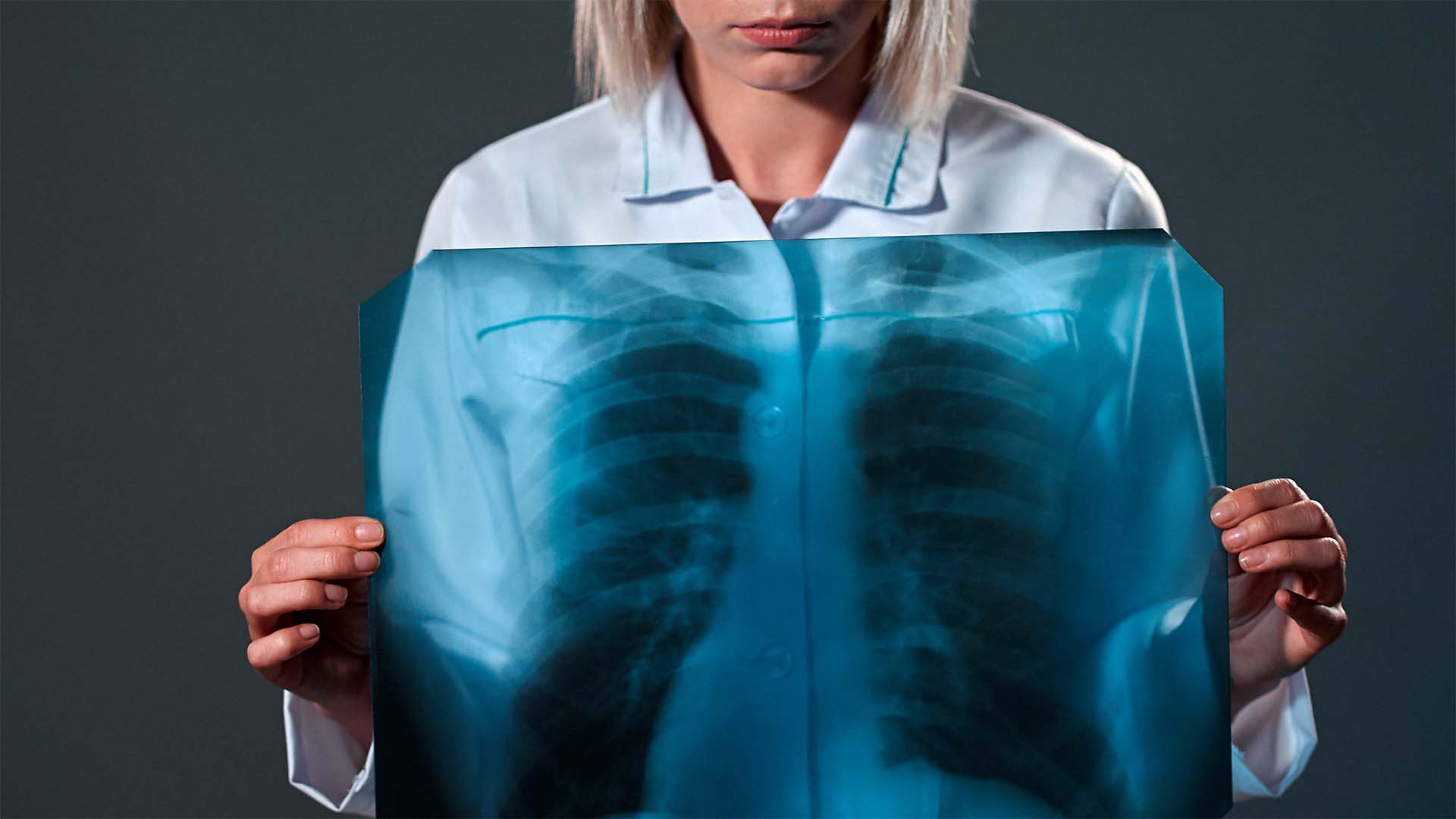I. Introduction A. Importance of comfort during dental procedures B. The role of dental anaesthesia in the search for a more comfortable experience
II. What is conscious sedation A. Definition and concept B. How conscious sedation works C. Advantages of conscious sedation in dentistry
III. Types of dental anaesthesia A. Local anaesthesia B. Topical anaesthesia C. Oral sedation D. Intravenous sedation
IV. How conscious sedation provides a more comfortable experience A. Reduction of patient anxiety and fear B. Relief of pain and discomfort during the procedure C. Increased patient co-operation
V. The importance of the qualified professional in the administration of conscious sedation A. Training and skills required B. Continuous monitoring of the patient during sedation C. Patient safety and reassurance
VI. Conclusion A. Benefits of conscious sedation in dentistry B. Improved patient experience during dental procedures
Introdução
When it comes to dental care, it is essential that patients feel comfortable and relaxed during procedures. After all, no one likes to be afraid or feel pain while in the dentist’s chair. Fortunately, dental anaesthesia, specifically conscious sedation, is available to make this experience much more pleasant. In this article, we will explore the concept of conscious sedation, the different types of dental anaesthesia and how it can provide a more comfortable experience for patients.
What is conscious sedation?
Conscious sedation is a technique used in dentistry to reduce patient anxiety and discomfort during procedures. Unlike general anaesthesia, where the patient is completely unconscious, conscious sedation allows the patient to remain awake, aware and able to respond to commands during treatment. This provides a state of deep relaxation and tranquillity, which makes the dental experience more comfortable.
There are different methods of conscious sedation used in dentistry, including oral and intravenous sedation. Oral sedation is administered through medication taken before the procedure, while intravenous sedation involves administering medication directly into the bloodstream through a vein.
Types of dental anaesthesia
In addition to conscious sedation, there are other types of dental anaesthesia that can be used to provide comfort during procedures. Local anaesthesia is the most common type and involves applying an anaesthetic directly to the area that will be treated. This temporarily blocks pain signals and allows the dentist to perform the procedure without causing discomfort to the patient.
Topical anaesthesia is also used to relieve discomfort in specific areas of the mouth, such as the gums. It is usually applied in the form of a gel or spray before the local anaesthetic is administered.

How conscious sedation provides a more comfortable experience
Conscious sedation plays a key role in making the dental experience more comfortable for patients. Firstly, it helps to reduce the anxiety and fear associated with dental treatments. Many people have a fear of going to the dentist, and conscious sedation helps allay these fears, allowing patients to feel more relaxed and secure during procedures.
In addition, conscious sedation also relieves pain and discomfort during treatment. The medications used in conscious sedation have analgesic properties, which means they help reduce pain sensitivity. This is especially beneficial in longer or more complex procedures where the patient may experience discomfort when staying in the same position for a prolonged period.
Increased patient co-operation is also an important benefit of conscious sedation. Patients with extreme anxiety may have difficulty remaining still during treatment, which can affect the effectiveness and quality of the procedure. Conscious sedation allows the patient to feel more relaxed and co-operative, making the dentist’s job easier and ensuring better results.
The importance of a qualified professional in the administration of conscious sedation
It is essential that conscious sedation is administered by qualified and trained professionals to ensure the safety and well-being of patients. Healthcare professionals, such as dentists and anaesthesiologists, should receive adequate training in the administration of conscious sedation, including knowledge of the drugs used, the appropriate dosages and monitoring protocols.
During conscious sedation, the patient should be monitored continuously to ensure that their vital signs, such as heart rate and blood pressure, are stable and within normal parameters. Proper monitoring is essential to identify any complications or adverse reactions early and take the necessary measures to ensure patient safety.
Conclusion
Dental anaesthesia, specifically conscious sedation, plays a key role in providing a more comfortable experience during dental procedures. By reducing anxiety, relieving pain and increasing patient co-operation, conscious sedation contributes to a more peaceful and effective dental treatment.
It is important to emphasise that the administration of conscious sedation should be carried out by qualified professionals who have the necessary knowledge and skills to ensure the safety and well-being of patients. By opting for conscious sedation, patients can enjoy a more comfortable dental experience without fear or discomfort. Therefore, do not hesitate to discuss this option with your dentist if you are looking for a more relaxed way to take care of your oral health.



